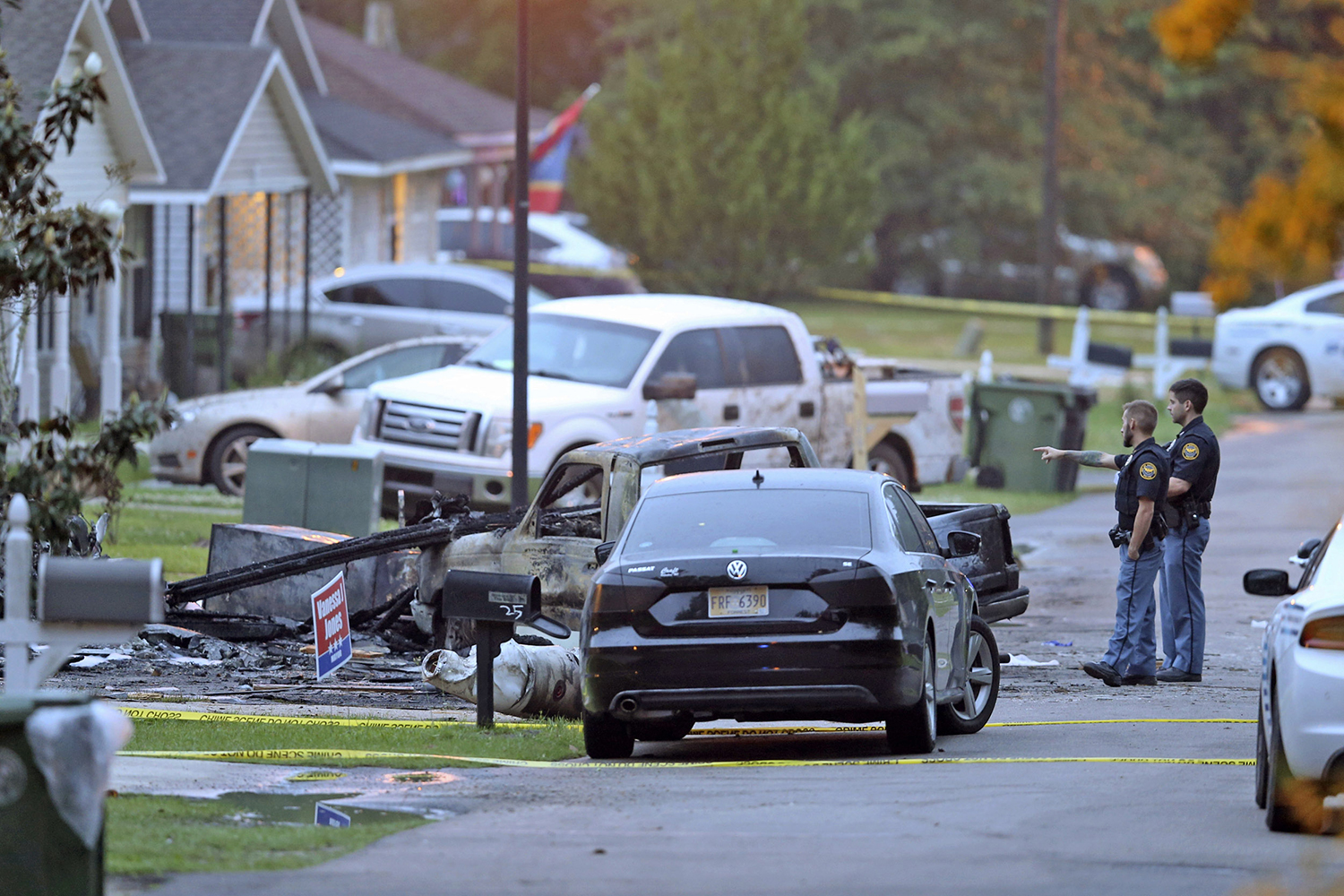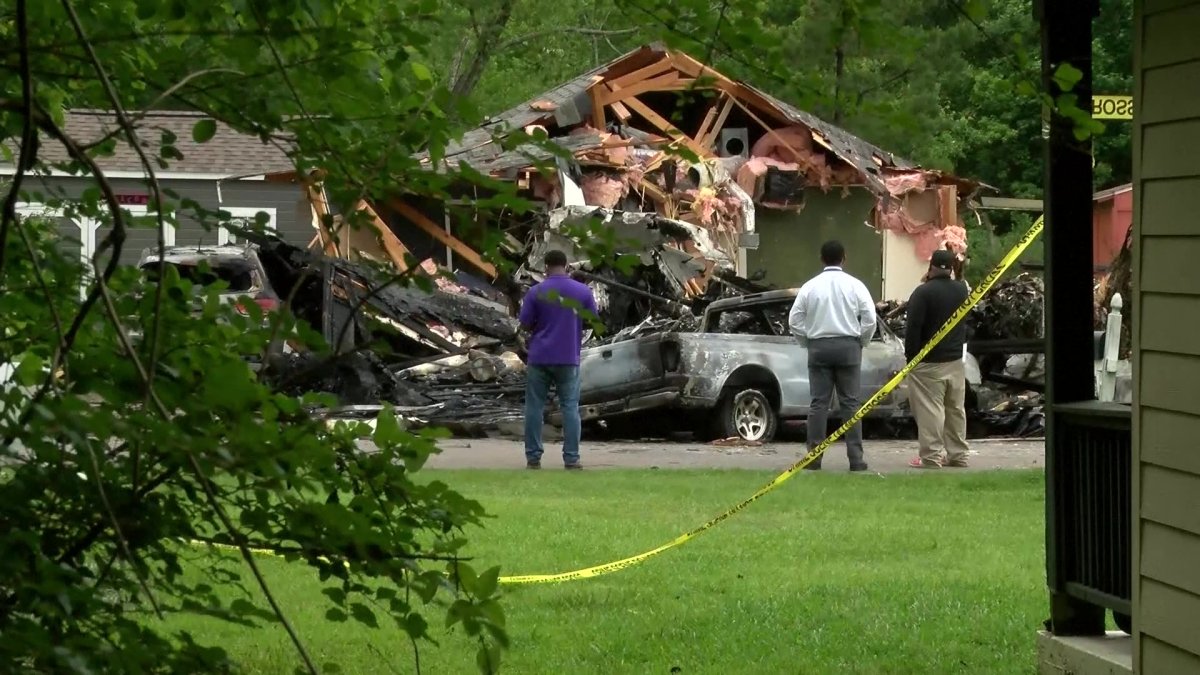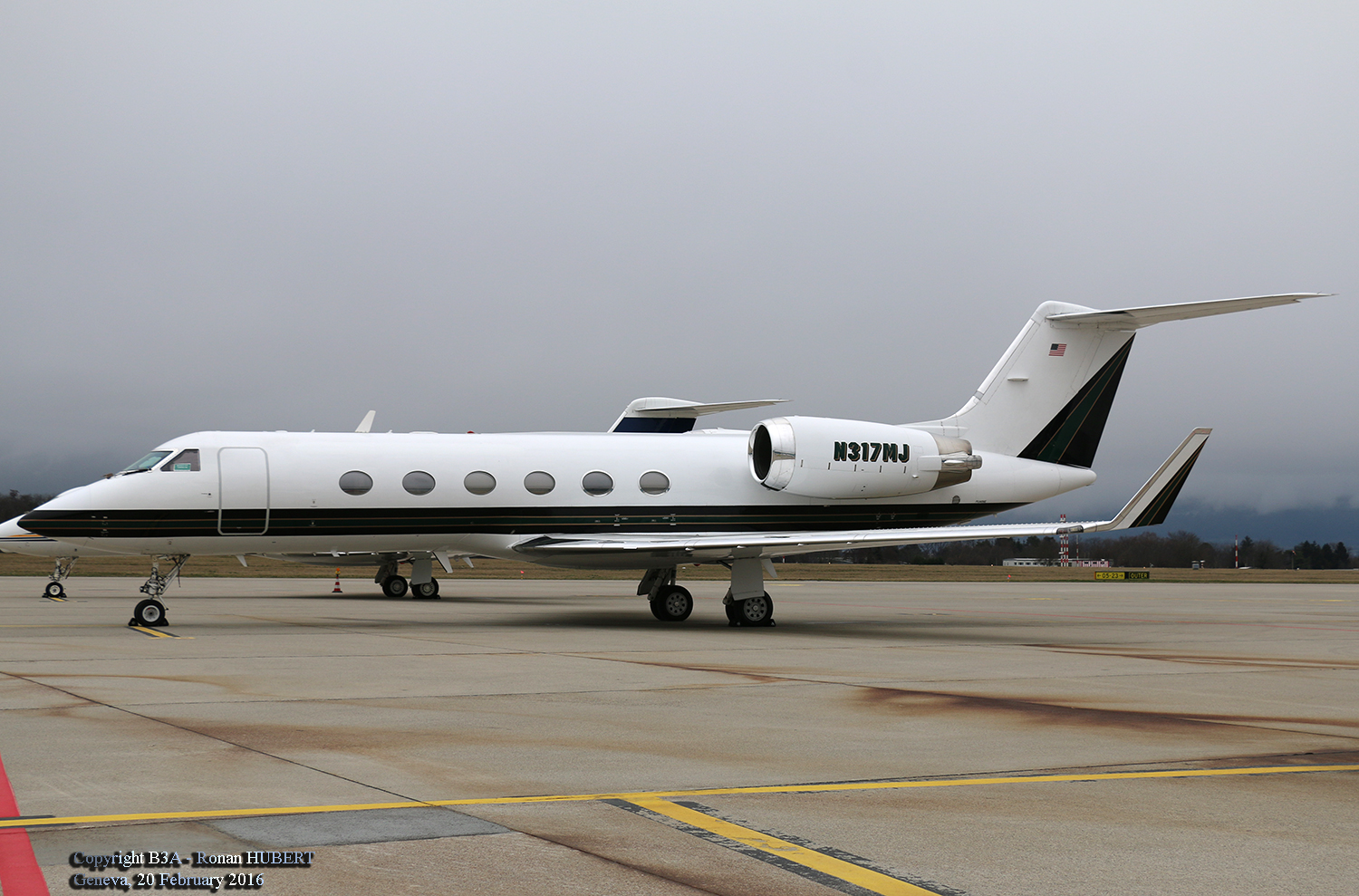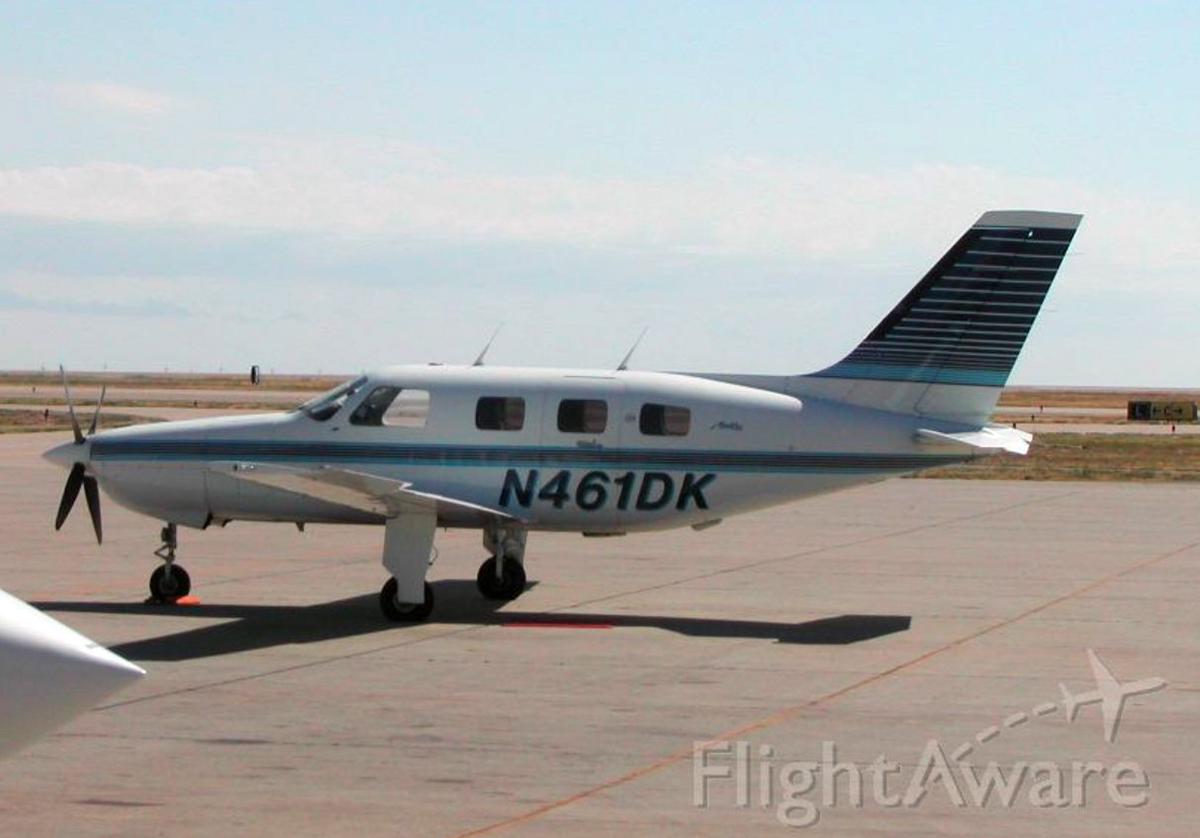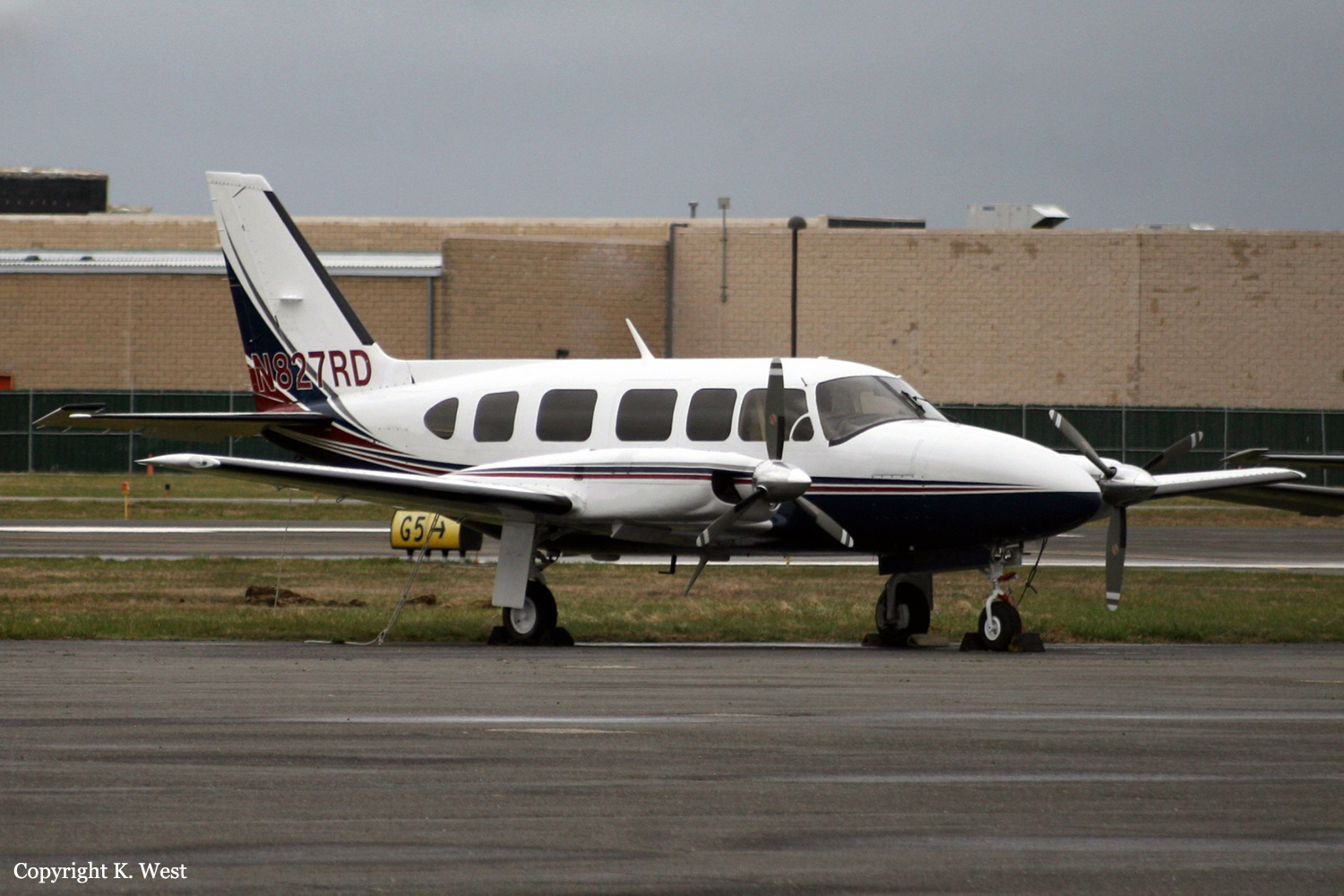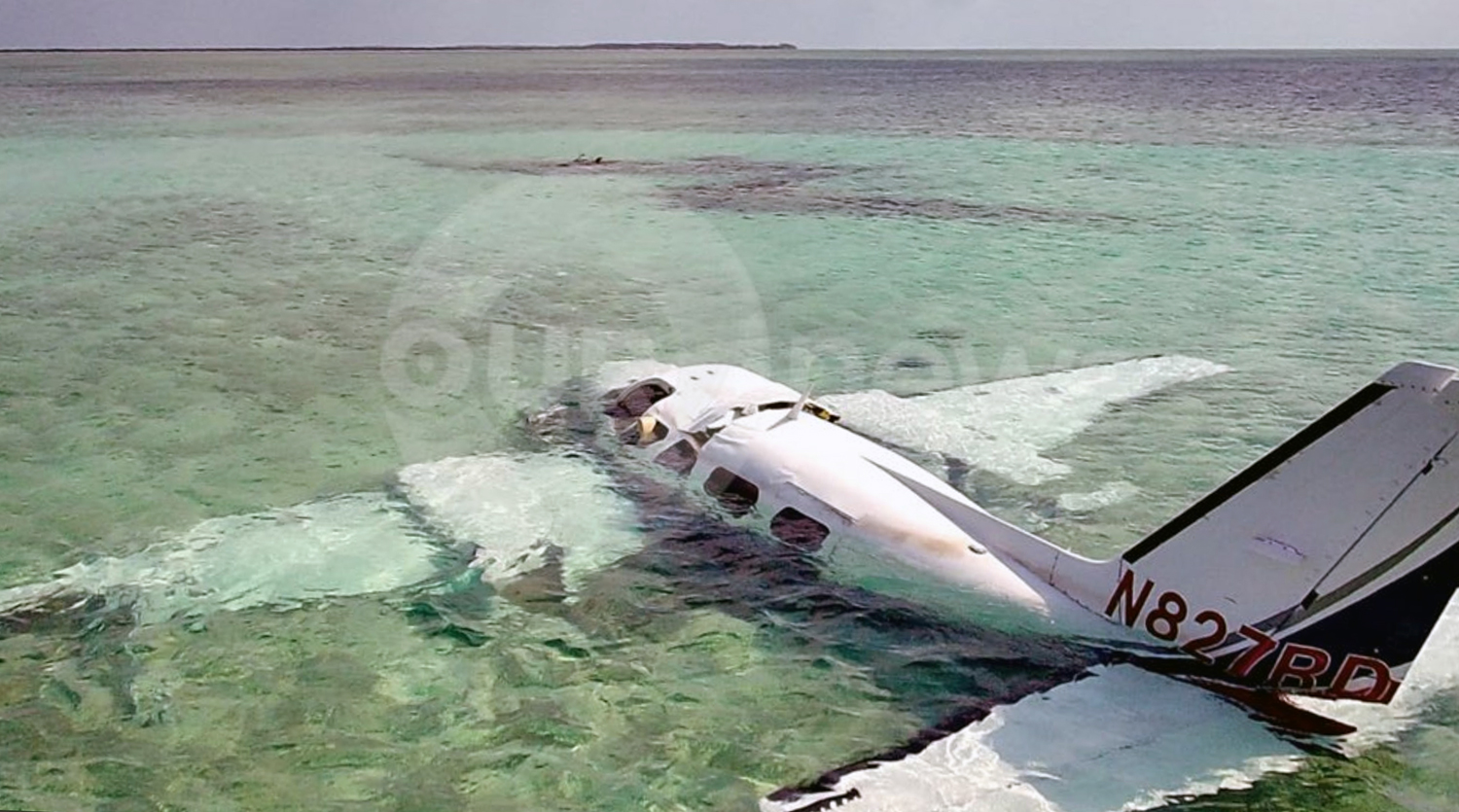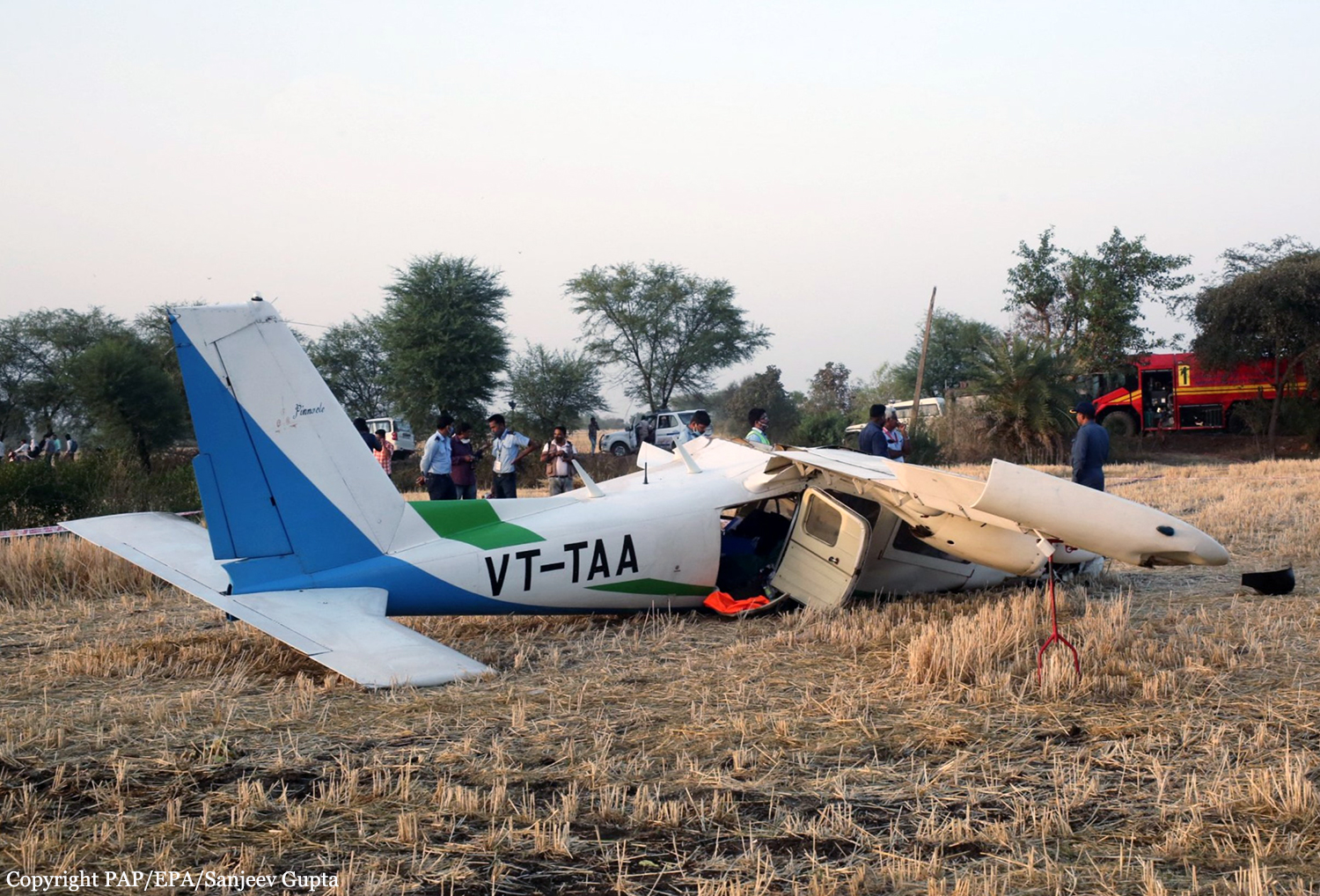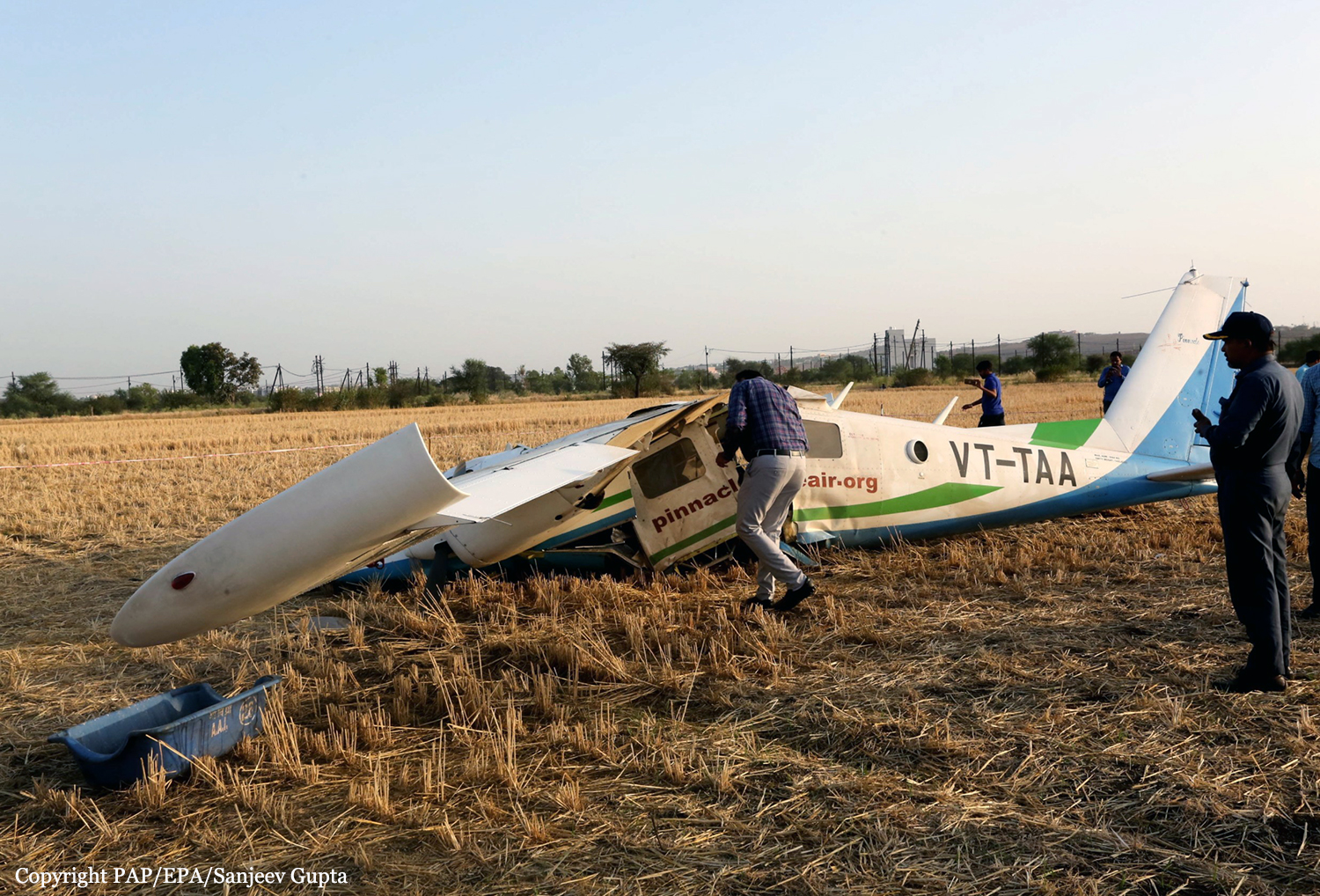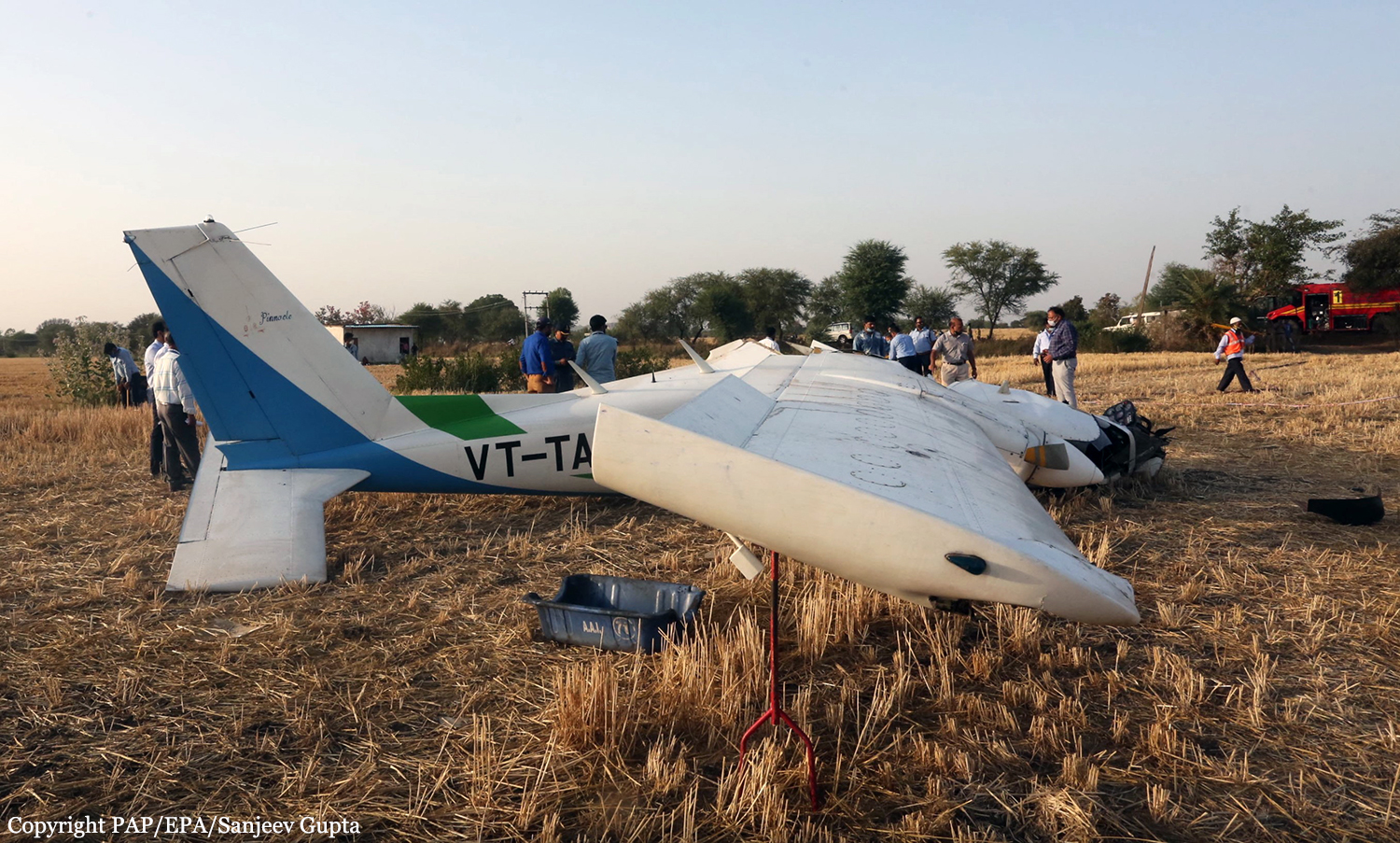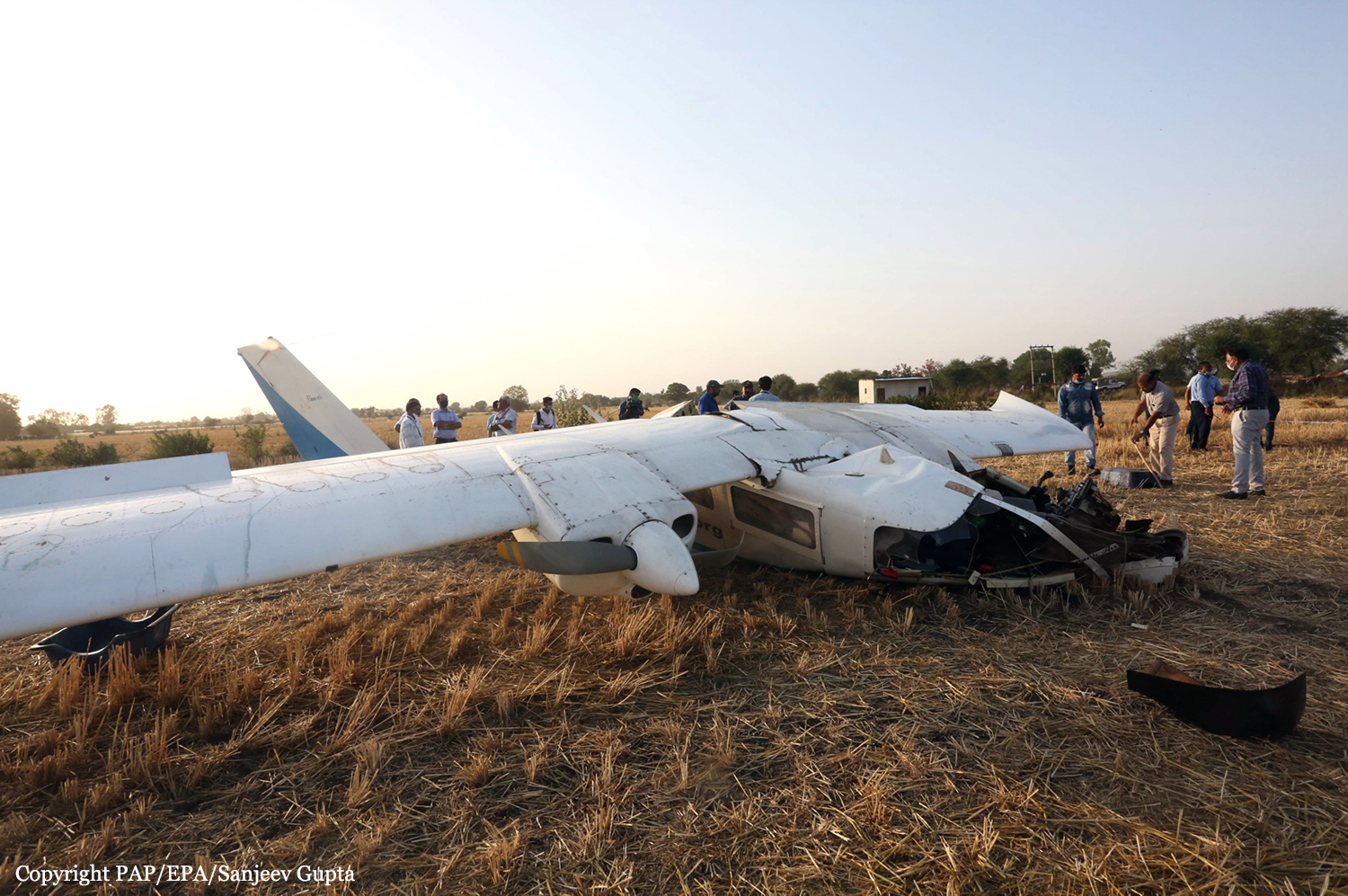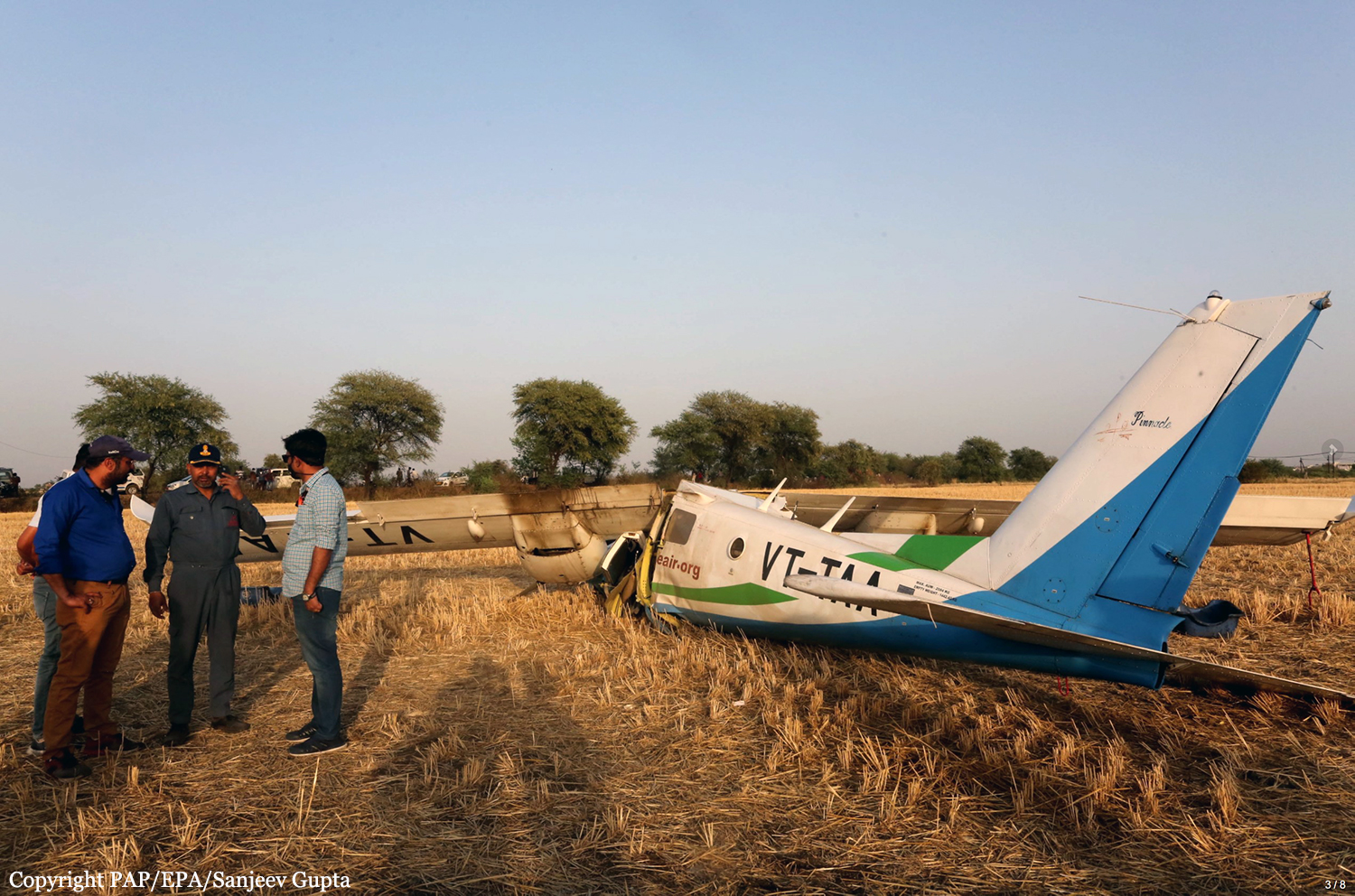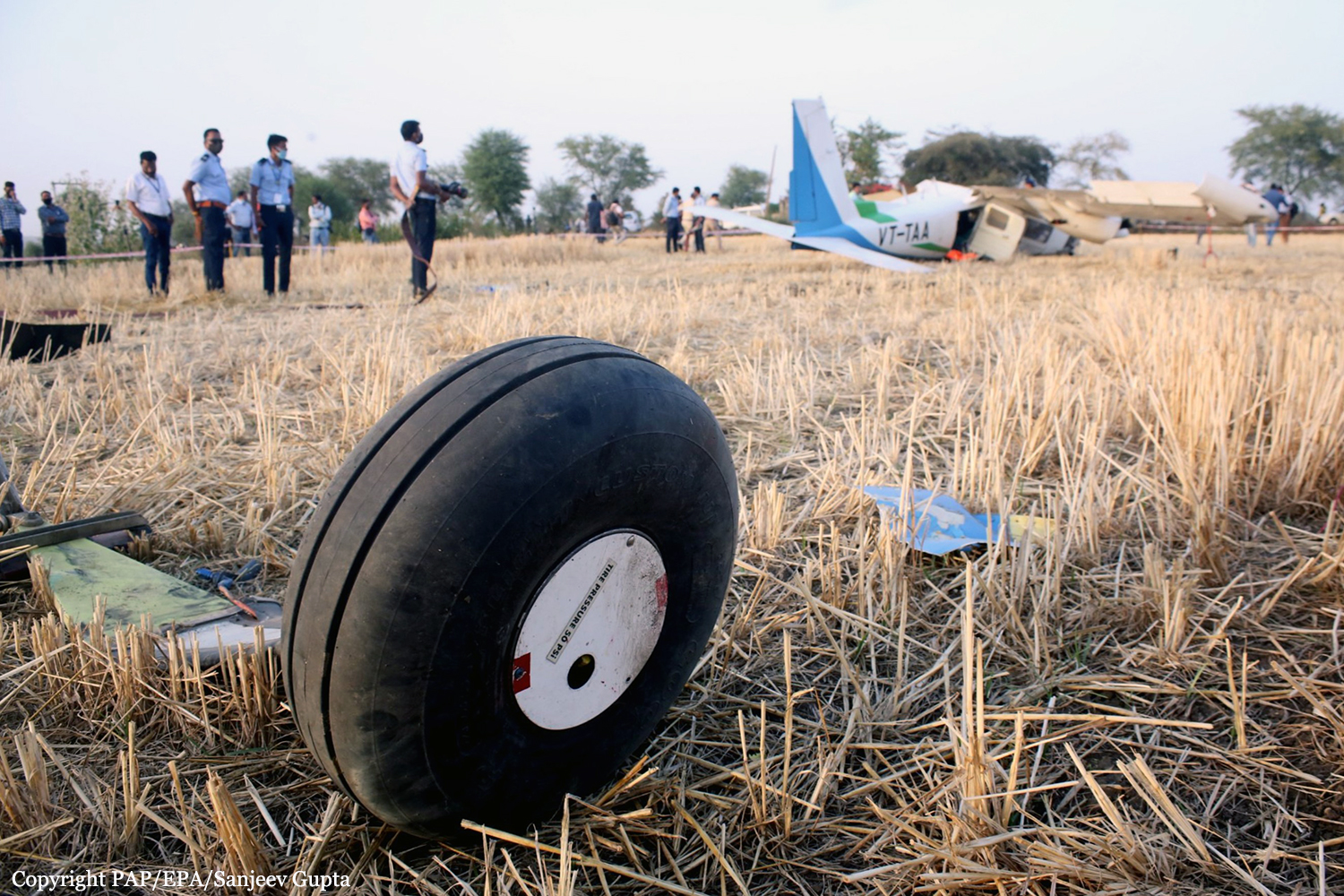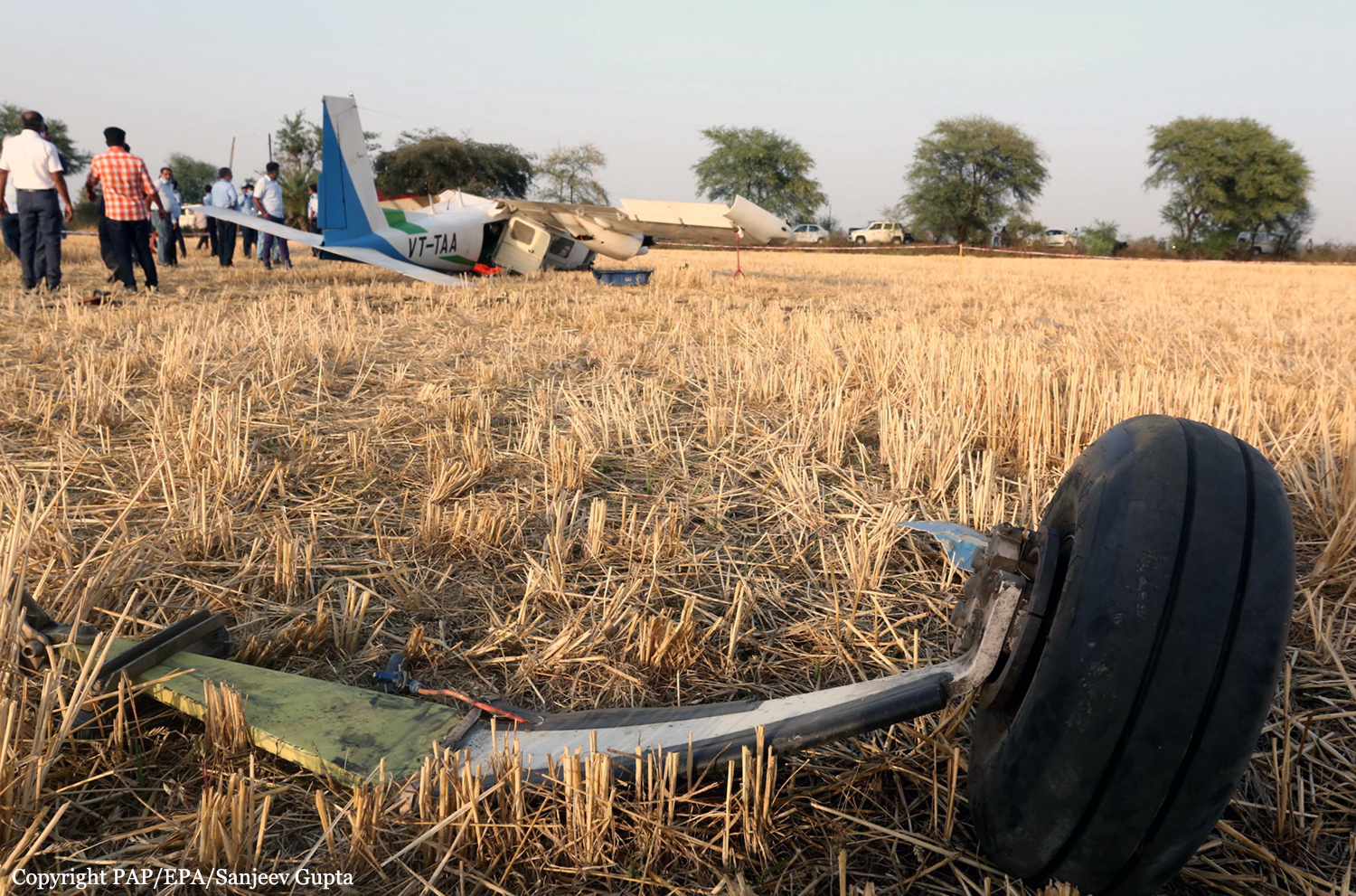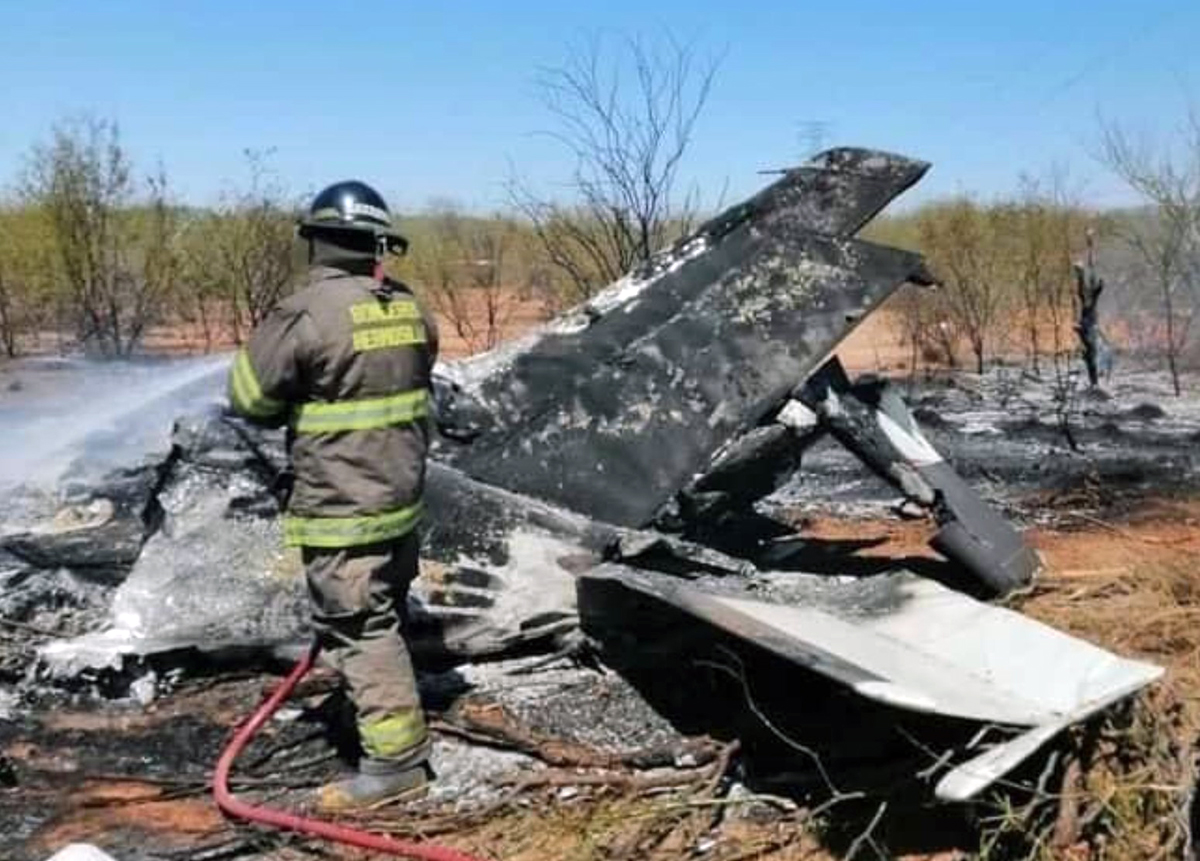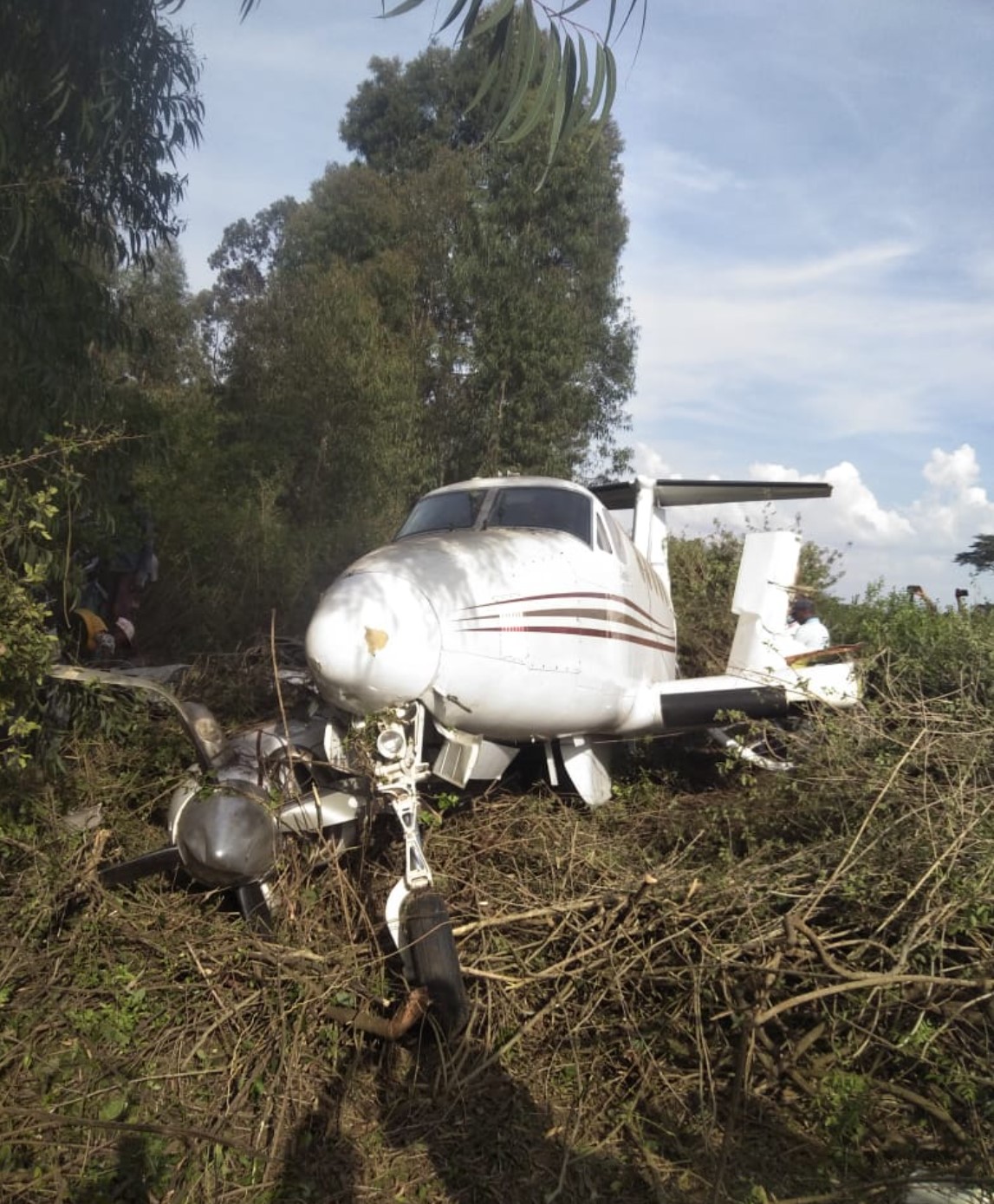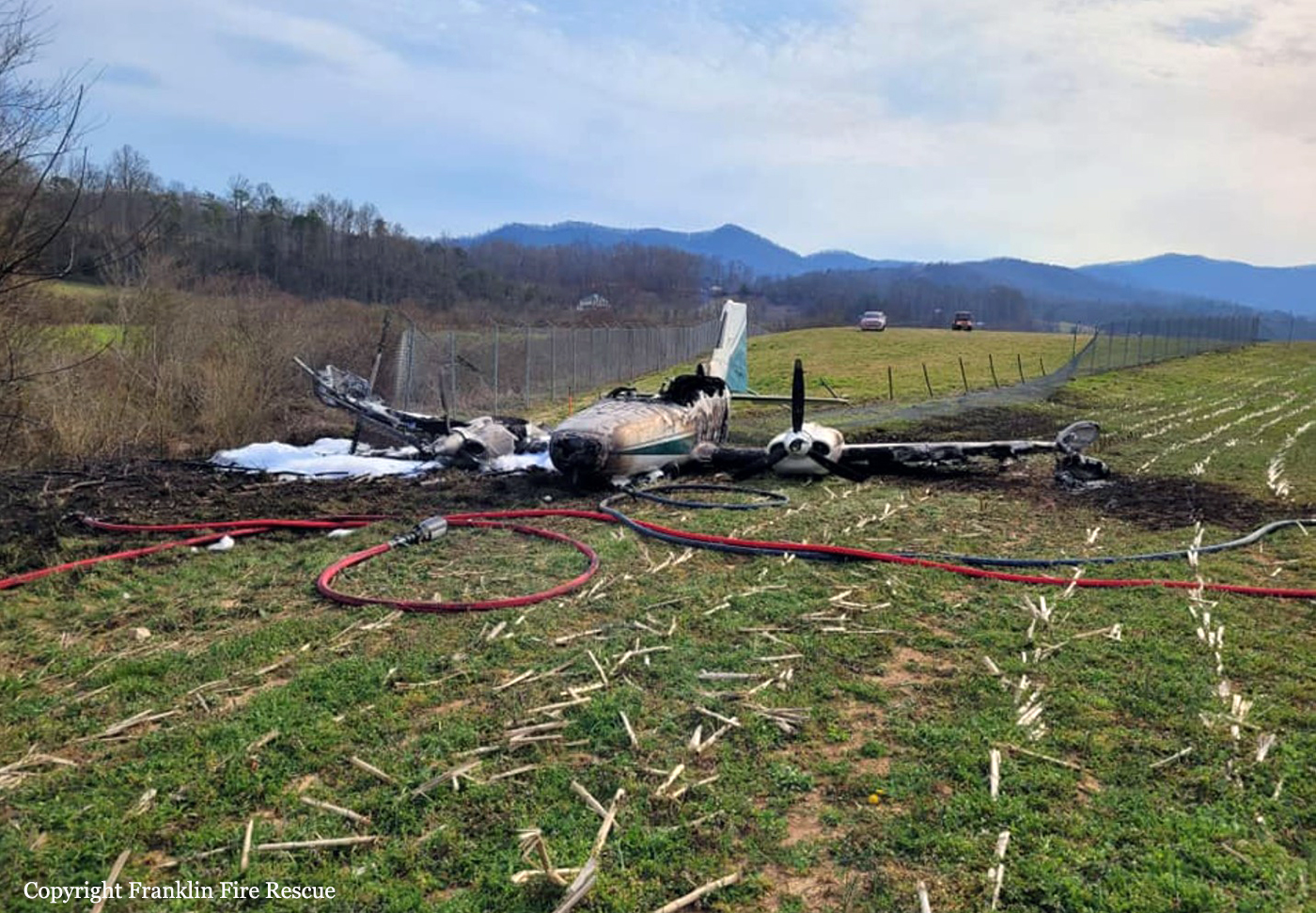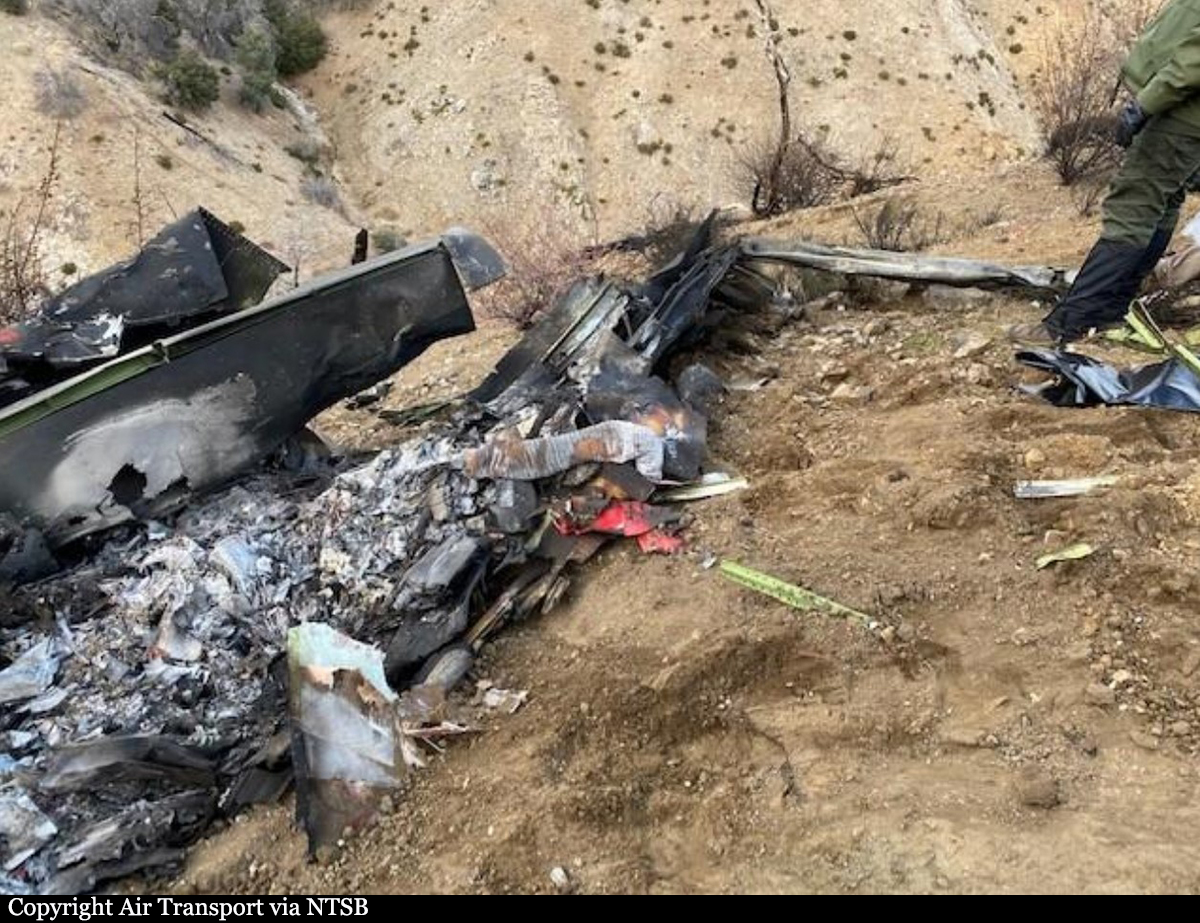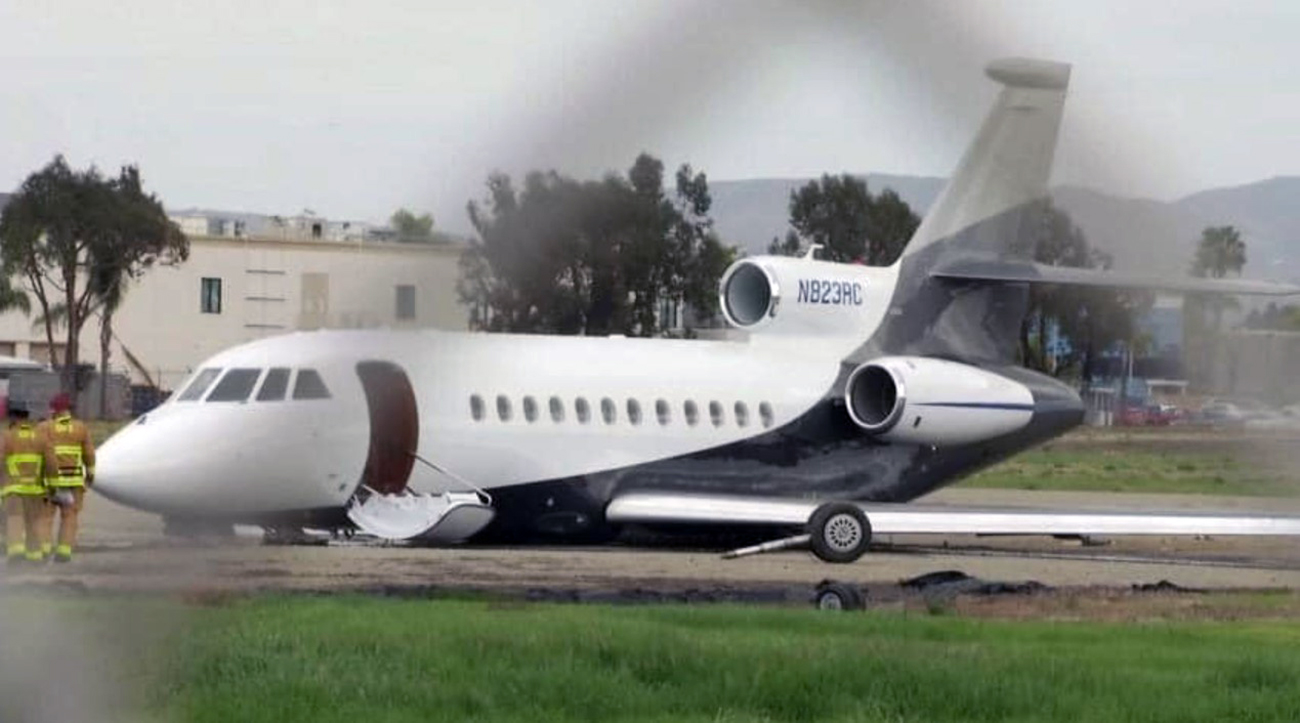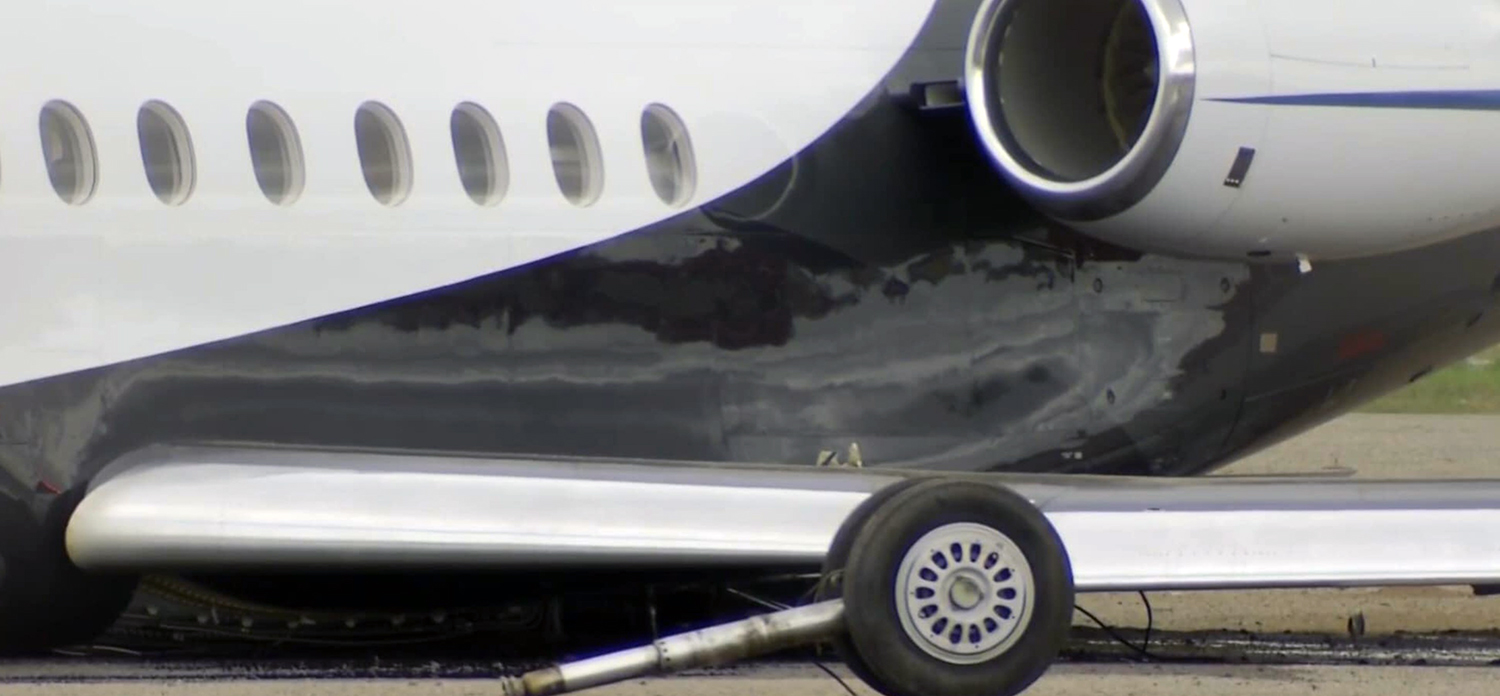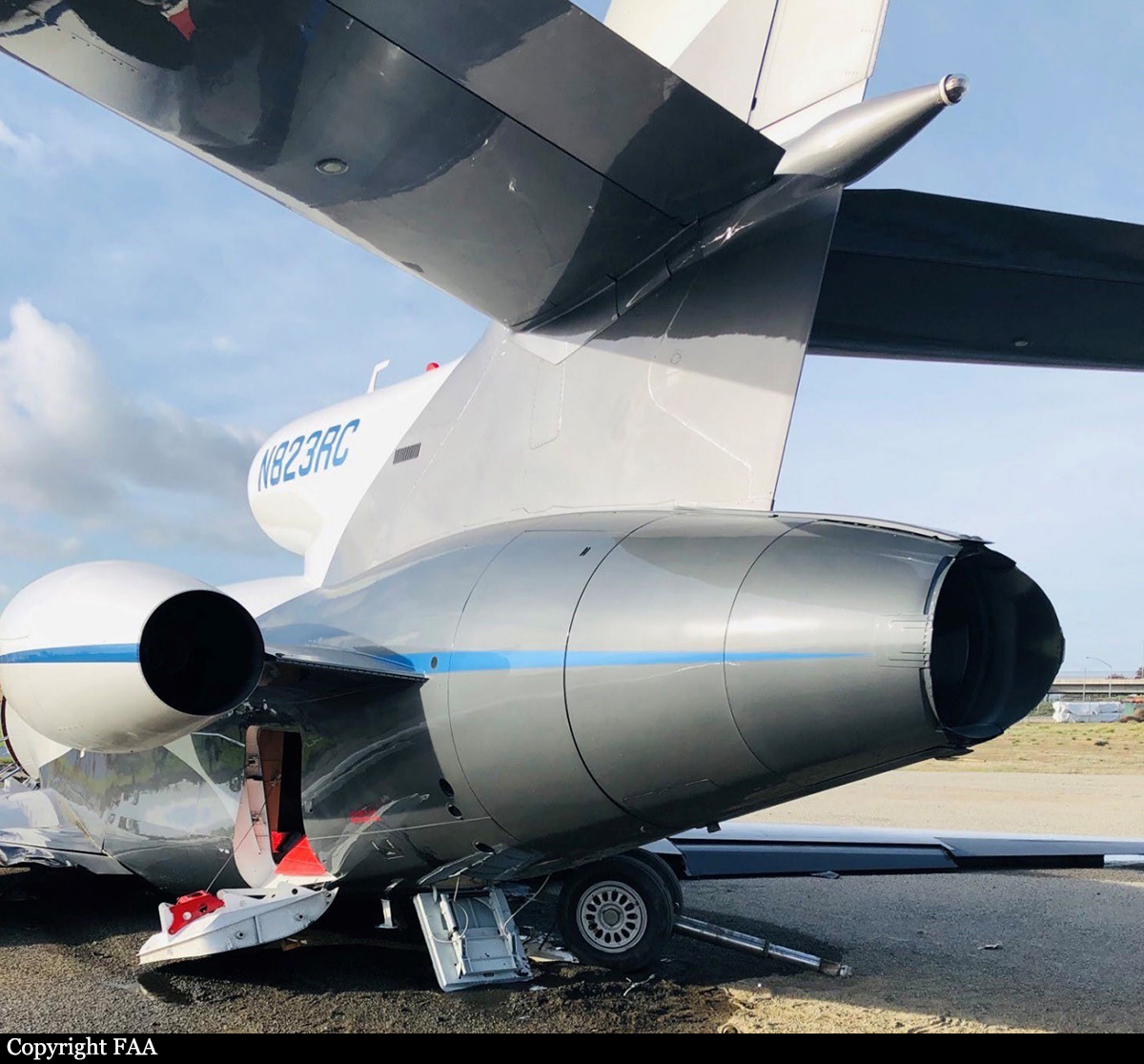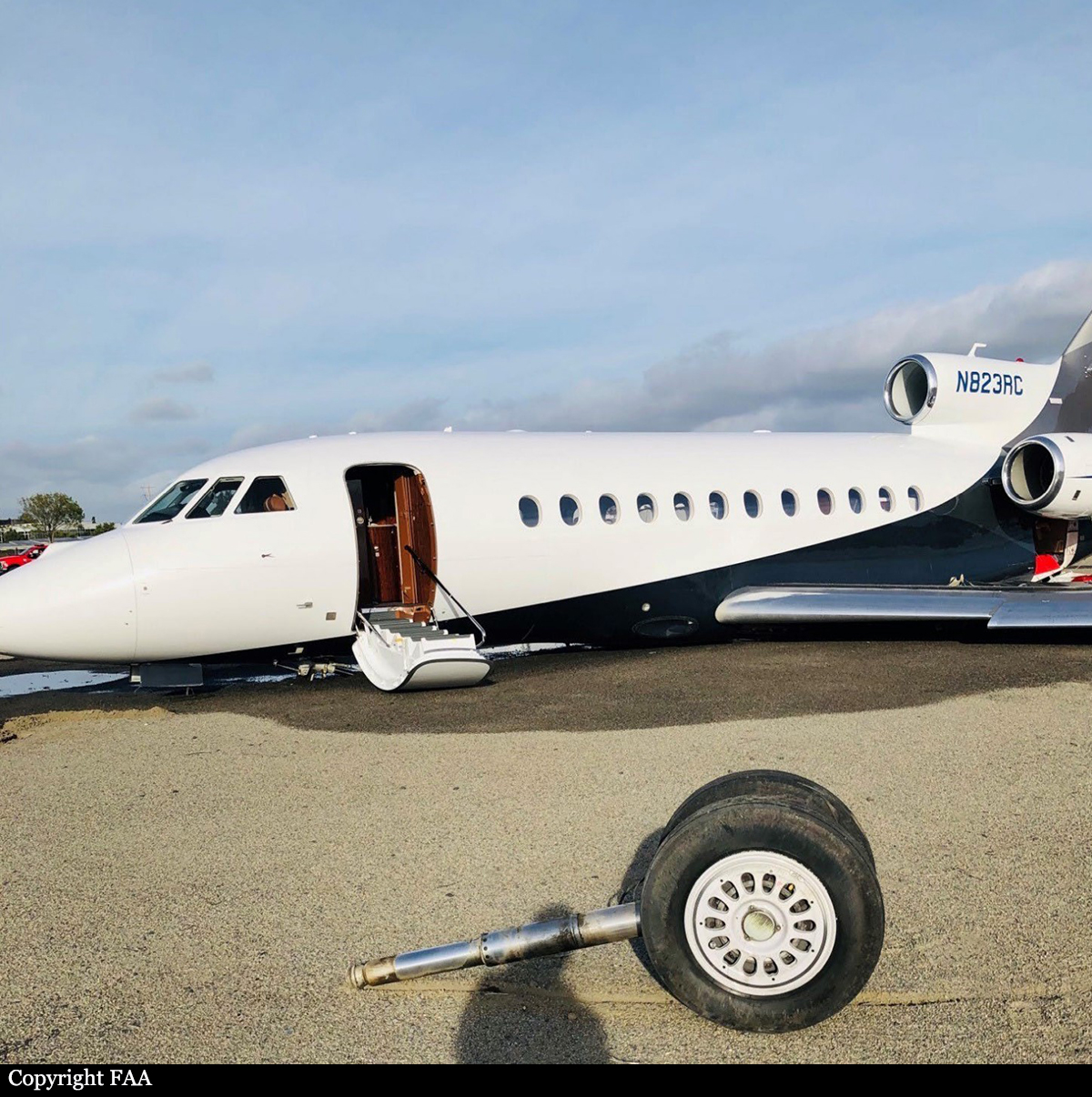Crash of a Mitsubishi MU-2B-60 Marquise in Hattiesburg: 4 killed
Date & Time:
May 4, 2021 at 2301 LT
Registration:
N322TA
Survivors:
No
Schedule:
Wichita Falls – Hattiesburg
MSN:
760
YOM:
1980
Crew on board:
1
Crew fatalities:
Pax on board:
2
Pax fatalities:
Other fatalities:
Total fatalities:
4
Captain / Total hours on type:
500.00
Aircraft flight hours:
7610
Circumstances:
The pilot was flying a non precision approach in instrument meteorological conditions at night. While flying the procedure turn for the approach, the airplane’s speed decayed toward the stall speed before the airplane accelerated back to the standard approach speed. During the descent from the final approach fix, the airplane’s descent stopped for about 30 seconds and then the airplane descended at a rate of about 1,300 ft per minute. The airplane decelerated and continued to descend until the airspeed was about 85 knots (about 7 knots above the calculated stall speed for flaps 20°) and the altitude was 500 ft mean sea level. The last recorded data point showed the airplane about 460 ft mean sea level and 750 ft from the accident site. The airplane impacted a private residence, and a postcrash fire ensued and destroyed the airplane. Impact signatures were consistent with a low-energy impact. Examination of the airframe and engines did not detect any preimpact anomalies that would have precluded normal operations. Signatures on the engines and propellers were consistent with both engines providing power at impact. A review of the pilot’s toxicological information found that the level of eszopiclone in his specimens was subtherapeutic and thus not likely a factor in the accident. The circumstances of the accident are consistent with an inadvertent aerodynamic stall from which the pilot was unable to recover.
Probable cause:
The pilot’s failure to maintain control of the airplane during the night instrument approach which resulted in an inadvertent aerodynamic stall from which the pilot was unable to recover.
Final Report:
